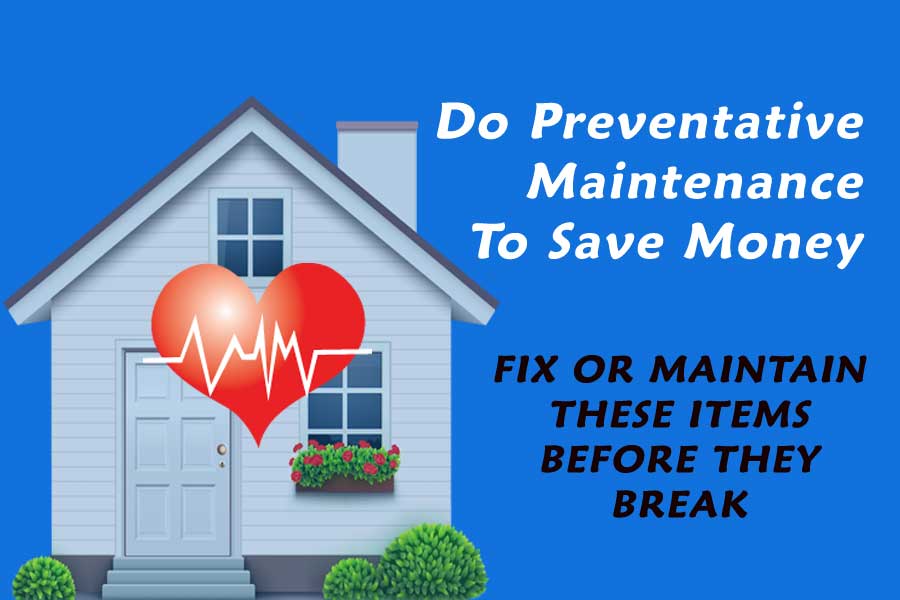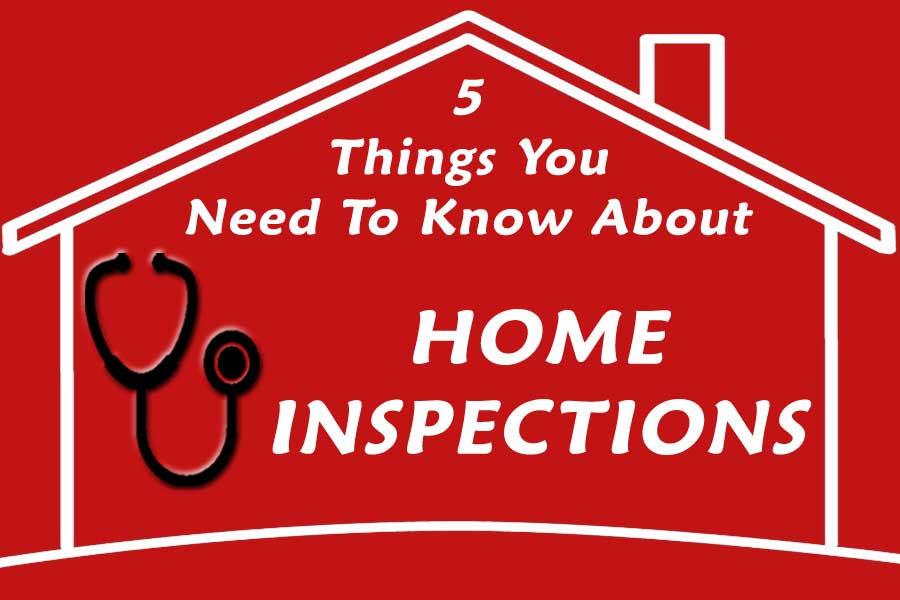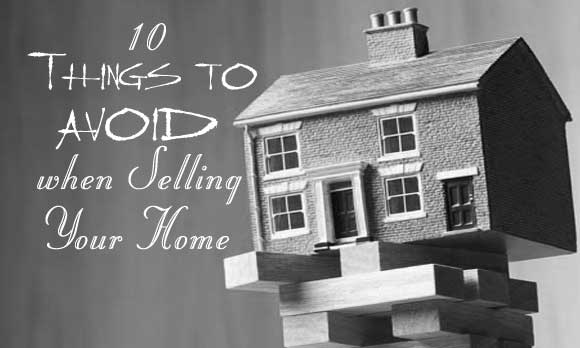How To Avoid Accidents In Your Home With These 6 Easy Tips
Good Monday Morning!
 There has been a large number of home accidents over the past several months in the Eugene and Springfield area. With that in mind, I am sending this article from "Realty Times" on home accidents.
There has been a large number of home accidents over the past several months in the Eugene and Springfield area. With that in mind, I am sending this article from "Realty Times" on home accidents.
It's safe to say that none of us are purposely making our homes a hazard. And, no matter how hard we try, accidents still happen. But there is nothing more important than protecting ourselves, our families, and our investment.
"The home is supposed to be where you and your family are safe and protected but every year accident and emergency units deal with serious injuries and sometimes fatal accidents that occur in the home," said StaySafe. "It is not just children and the elderly that can come to harm in the home with things like chemicals and choke hazards. Accidents in the home claim 18,000 lives each year in America alone, "accounting for 21 million medical visits annually. Many of these accidents are preventable."
These tips will uncover key areas where dangers typically lie and the simple maintenance involved in avoiding them.
Dryer vents
Thousands of fires are started in the home every year because of deferred maintenance related to the clothes dryer. You may clean out the lint screen, but it's the lint you can't see that accumulates in the vent that can be dangerous. The U.S. Fire Administration (USFA) "recommends cleaning or having a professional inspect the vent for lint build-up a minimum of every two to three years," said Hunker. "Keep a fire extinguisher nearby in case a fire does break out in or around your dryer."
Falls
A third of all fatalities in the home are due to falls. A great number of them are related to old age, however people of all ages can also be at risk. Installing safety gates at the top and bottom of stairs is an obvious safety precaution with little ones, as are grab bars in bathrooms that are serving older individuals. Closely monitoring wet areas - just outside the shower and bath and in front of the kitchen sink - can help with slips. Installing nonslip rug pads under area rugs is key to keeping them in place and eliminating falls.
Blinds
The thought of a young child being strangled due to hanging cords from window blinds is horrifying. But it happens. According to USA Today, "Injuries and death from window blind cords send two kids to emergency department each day." Eliminate the worry without having to give up the blinds by choosing a cordless version. They give you the look and room-darkening features you want with some added safety measures.
Fire alarms
When's the last time you changed your fire alarm batteries? If you can't remember, you're obviously overdue. "Install fire alarms on all levels of your home, and check and change the batteries at least annually," said safewise. "Consider investing in a smart smoke detector like Nest Protect. This alarm uses Wi-Fi to provide real-time updates and remote monitoring right on your smartphone or other mobile device."
A dirty oven
Most ovens today have a self-cleaning feature. While it's not entirely pleasant to endure the smell while it's doing its thing, it far outweighs the alternative, especially considering 40 percent of fires in the home start in the kitchen.
"A dirty oven can cause fires while cooking, allowing charred food or grease to ignite," said Home Security. "Clean your oven regularly and always attend food while cooking in the oven.'
Carbon monoxide posioning
Carbon monoxide is called the silent killer because "its presence is not known until symptoms of the exposure are experienced," said Poison Control. "It is a colorless, odorless, tasteless, and potentially dangerous gas. You can't see it or smell it."
It's typical for smoke detectors to be in homes, but despite the fact that a carbon monoxide detector can save lives, they are often left to the homeowner to purchase and install. "Each year in the United States, more than 200 accidental deaths are caused by carbon monoxide (CO) poisoning. It is considered the leading cause of death from poisoning in the United States.
Have an awesome week!
THIS WEEK'S HOT HOME LISTING!

Price: $269,900 Beds: 3 Baths: 2 Sq.Ft: 1,172
Fantastic updated home in Ferry Street Bridge! New laminate wood floors, doors and hardware, fresh interior and exterior paint, and kitchen countertop. Bright and open inside. Living room with dining area. Kitchen with eating bar opens to family roo... View this property >>


 One of the largest problems that comes about during a home sale is the fact that there are typically seller paid repairs that need to be done. The majority of buyers are going to want both a pest and dry rot inspection and a whole home inspection completed as part of their purchase due diligence. From this inspection, there are typically some repair items that will come about and in most cases the buyer will want many of them taken care by the seller prior to the close of escrow. Negotiating these repairs during escrow can be nerve racking and can also sometimes create delays with closing. My suggestion to all of my sellers is to have their home inspected before we go on the market. This gives us a heads up for any potential issues and also allows the seller to repair major problems. Typically, this creates a much easier sale process. The followiong is and article from "US News" on why having a professional inspection prior to selling is a good thing to do.
One of the largest problems that comes about during a home sale is the fact that there are typically seller paid repairs that need to be done. The majority of buyers are going to want both a pest and dry rot inspection and a whole home inspection completed as part of their purchase due diligence. From this inspection, there are typically some repair items that will come about and in most cases the buyer will want many of them taken care by the seller prior to the close of escrow. Negotiating these repairs during escrow can be nerve racking and can also sometimes create delays with closing. My suggestion to all of my sellers is to have their home inspected before we go on the market. This gives us a heads up for any potential issues and also allows the seller to repair major problems. Typically, this creates a much easier sale process. The followiong is and article from "US News" on why having a professional inspection prior to selling is a good thing to do. Even in the hot sellers market that we currently have here in the Eugene and Springfield area, it is important to prepare your home for sale if you are going to put it on the market. Paying attention to detail and having your home in great condition can mean a quicker sale and far more money. Even in this market, I see homes sit out there and not sell. You still have to price your home right, but condition is an extremely important factor for most homebuyers. Here is an article from "Realty Time" that will give you some pointers on preparing your home for sale.
Even in the hot sellers market that we currently have here in the Eugene and Springfield area, it is important to prepare your home for sale if you are going to put it on the market. Paying attention to detail and having your home in great condition can mean a quicker sale and far more money. Even in this market, I see homes sit out there and not sell. You still have to price your home right, but condition is an extremely important factor for most homebuyers. Here is an article from "Realty Time" that will give you some pointers on preparing your home for sale. 755 Horn Ln
755 Horn Ln One of the hardest things to deal with during a home sale are inspections. Home Inspectors are picky and they find most flaws that exist in any home. Many times, items that started out as small issues are neglected by homeowners and they become large and expensive issues that need attention during the home sale. If you pay attention to your home and watch for problems and correct them early, you will save money and if you decide to sell your home, the sale process will become much easier. Here are a few tips on how to maintain your home.
One of the hardest things to deal with during a home sale are inspections. Home Inspectors are picky and they find most flaws that exist in any home. Many times, items that started out as small issues are neglected by homeowners and they become large and expensive issues that need attention during the home sale. If you pay attention to your home and watch for problems and correct them early, you will save money and if you decide to sell your home, the sale process will become much easier. Here are a few tips on how to maintain your home.


 You've probably heard how important curb appeal is when you're trying to sell your home. The first thing buyers look at when they pull up to your home is the big picture -- the house, the yard, the trees, the flowers. It's the impression that counts, and all it takes is one thing to ruin the effect -- a cracked walkway, dead branches in the trees, leggy bushes.
You've probably heard how important curb appeal is when you're trying to sell your home. The first thing buyers look at when they pull up to your home is the big picture -- the house, the yard, the trees, the flowers. It's the impression that counts, and all it takes is one thing to ruin the effect -- a cracked walkway, dead branches in the trees, leggy bushes. 88428 Partridge Ln
88428 Partridge Ln With the housing marketing beginning to heat up again in the Eugene and Springfield market area, the climate for selling a home has never been better. If yoiu are considering putting your home on the market, there are a few things controlled by you that can make a huge difference on how long it takes your home to sell and at what price your home sells at. The following is an article from "Realty Times" that goes over some home selling dont's.
With the housing marketing beginning to heat up again in the Eugene and Springfield market area, the climate for selling a home has never been better. If yoiu are considering putting your home on the market, there are a few things controlled by you that can make a huge difference on how long it takes your home to sell and at what price your home sells at. The following is an article from "Realty Times" that goes over some home selling dont's. Price: $750,000 Beds: 4 Baths: 4 Half Baths: 1 Sq Ft: 4338
Price: $750,000 Beds: 4 Baths: 4 Half Baths: 1 Sq Ft: 4338

 These days, universal design features are an everyday fact of life for many households, with architects and other professional designers adding universal design ideas as a matter of course.
These days, universal design features are an everyday fact of life for many households, with architects and other professional designers adding universal design ideas as a matter of course.



